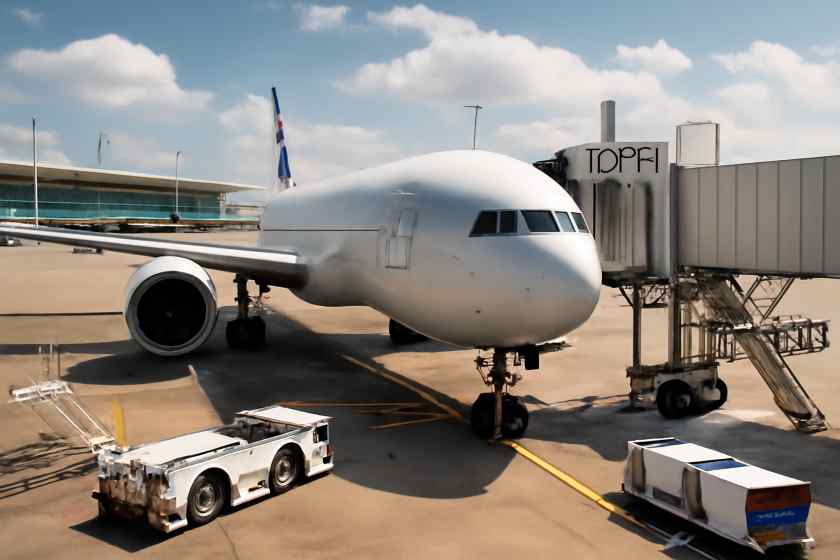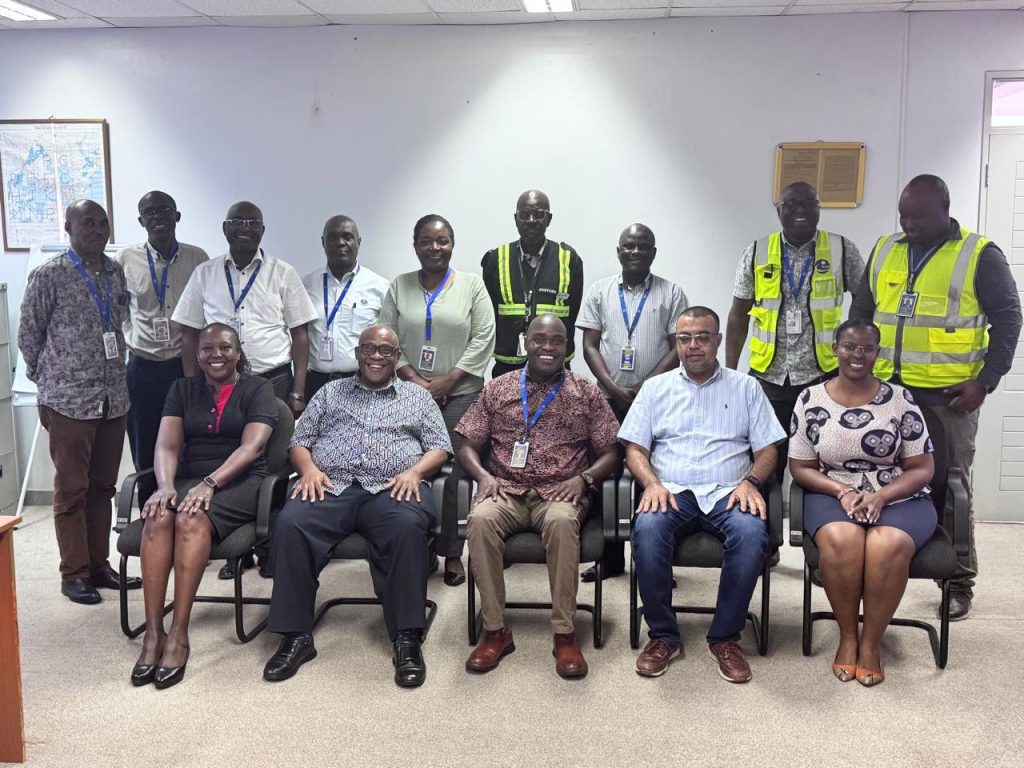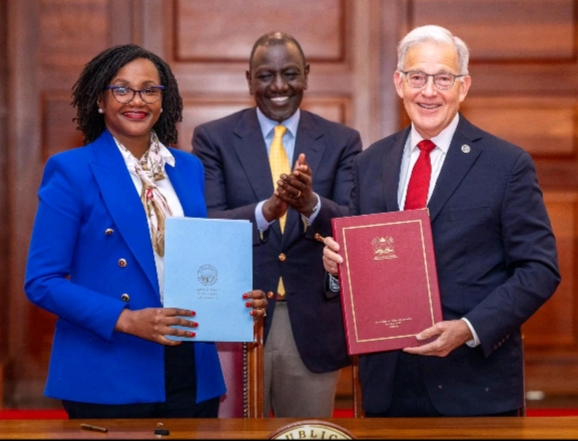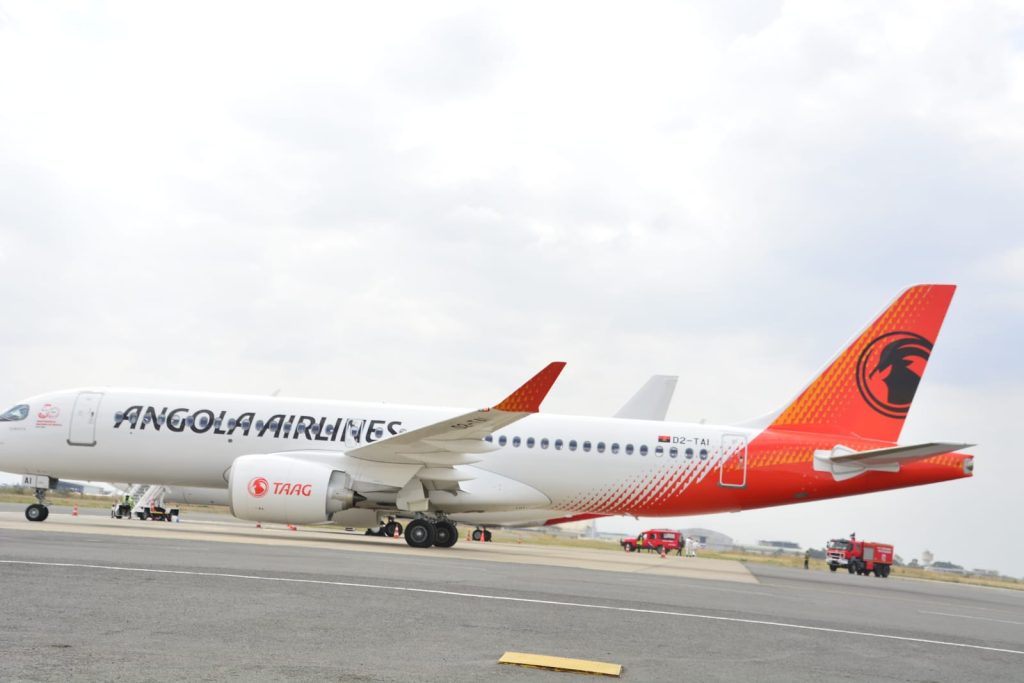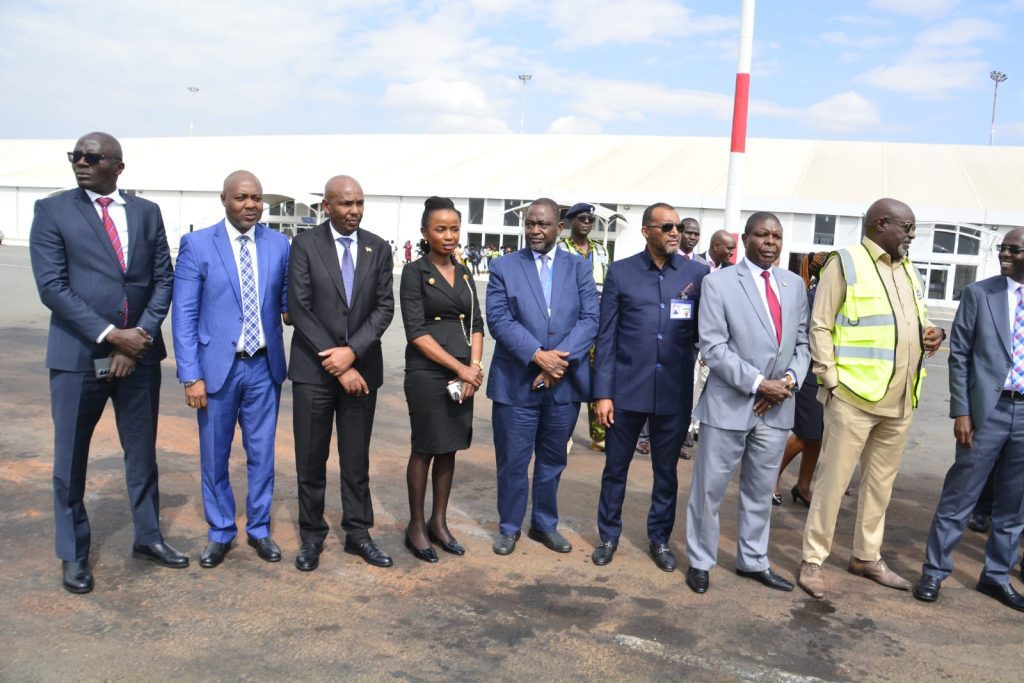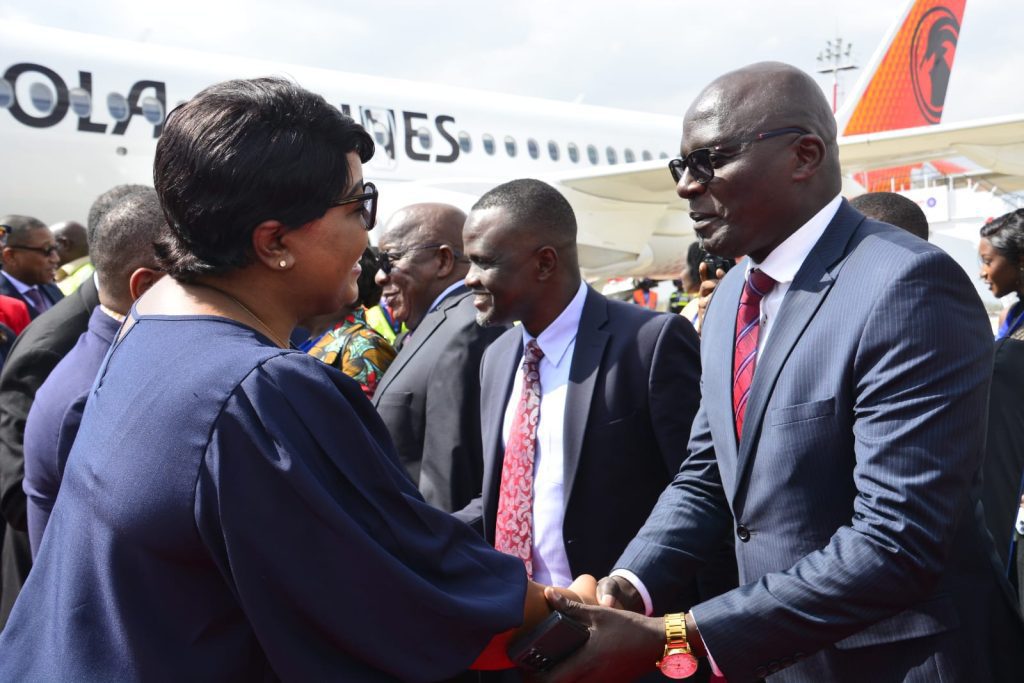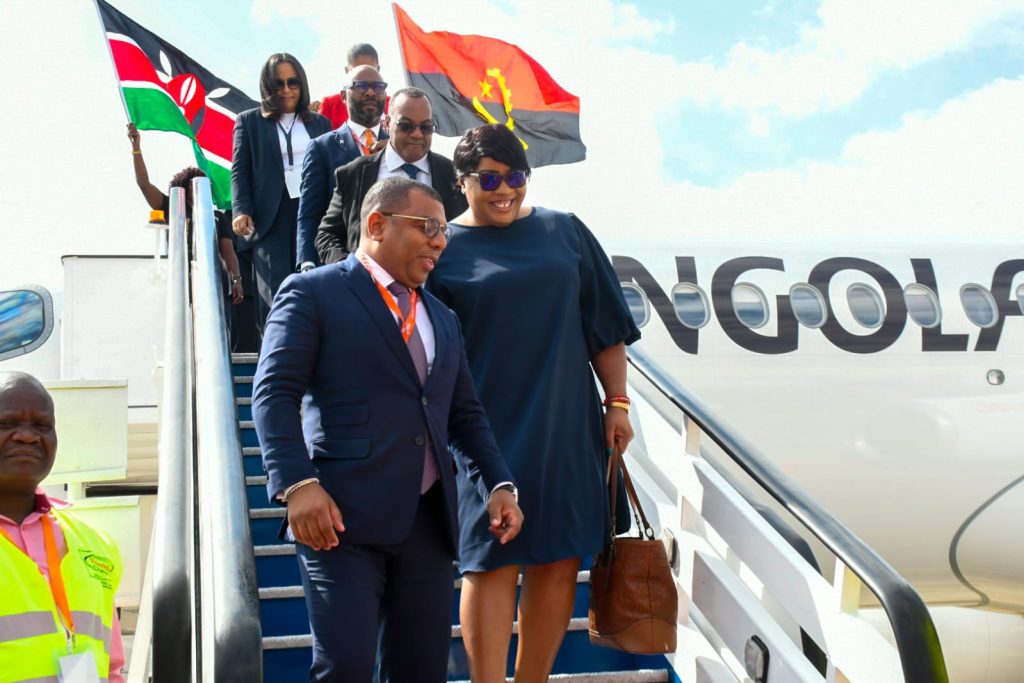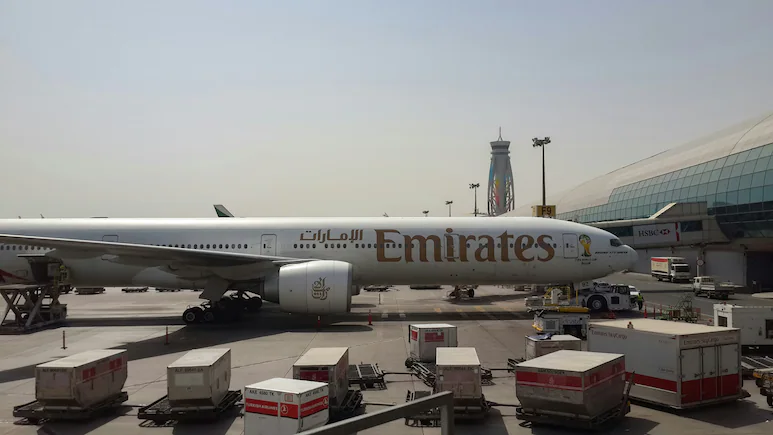
In October 2025, Dubai will become the focal point of the global movement toward inclusive tourism with the hosting of the 5th edition of the Accessible Travel and Tourism International Conference (ATTIC-2025). This landmark event, which will be held at the Dubai World Trade Centre (DWTC) from October 7th to 8th, promises to bring together leaders from various sectors to discuss the future of accessible travel and the importance of creating destinations that cater to everyone, including the 1.3 billion People of Determination worldwide.
With a focus on improving accessibility in air, land, and sea mobility, along with enhancing accommodations and hospitality services, the conference will explore ways to make the travel and tourism industries more inclusive. The gathering will highlight the crucial role of accessible travel in ensuring that individuals with disabilities or mobility challenges can travel freely, safely, and with dignity. The event aims to not only address the current challenges faced by these travelers but also pave the way for future advancements that will shape the tourism industry globally.
Bridging Gaps in Accessible Travel
The ATTIC-2025 conference is designed to tackle the many barriers that hinder travel for people with disabilities, which affect millions of travelers each year. Despite significant advancements in accessibility in recent years, there remains a gap in infrastructure, policies, and services designed specifically for this group. This conference seeks to bridge that gap by fostering collaboration between key stakeholders in the travel, tourism, and mobility industries.
The conference will focus on practical solutions for improving the accessibility of transportation systems, tourist destinations, hotels, and leisure activities. Speakers from international organizations such as the United Nations World Tourism Organization (UNWTO), the Airports Council International (ACI World), and the International Air Transport Association (IATA) will share insights on best practices and innovative solutions that can make a tangible difference for travelers with disabilities. The event will also feature discussions on emerging technologies and how they can help enhance the travel experience for all, regardless of physical limitations.
One of the core themes of the conference is improving air, sea, and land mobility for people with disabilities. With the travel and tourism industry booming globally, it’s imperative that destinations and service providers take proactive steps to create more accessible pathways for those who need them. By focusing on enhancing mobility, the conference will push for more efficient transport networks that enable people with disabilities to move from one destination to another without unnecessary barriers or obstacles.
Dubai’s Role as a Leader in Accessible Tourism
Dubai has long been at the forefront of advancing inclusive tourism, and this conference is a testament to the city’s commitment to making travel accessible for all. The city has implemented numerous initiatives to ensure that people with disabilities can access and enjoy its many attractions, from wide-ranging accessibility features at Dubai International Airport to the inclusive offerings at Dubai’s hotels, attractions, and transport systems.
In fact, Dubai has been recognized as an Autism-Friendly City, and both Emirates Airlines and Dubai Airports have been designated as inclusive facilities, setting an example for others in the tourism industry. These milestones, which will be discussed at the conference in a special session titled “Lessons from Dubai,” are the result of years of collaboration between various stakeholders, including government agencies, local businesses, and advocacy groups.
The session will feature key figures from Emirates Airlines, Dubai Airports, the Roads and Transport Authority (RTA), and the Department of Economy and Tourism, who will share the city’s approach to making tourism and travel more inclusive. This collaboration has created a model of accessible tourism that other cities around the world can learn from. The goal is to highlight how well-planned infrastructure, informed policies, and awareness campaigns can come together to create an inclusive environment that benefits not just people with disabilities, but the entire tourism ecosystem.
Global Impact of Accessible Tourism
The global tourism industry has seen a noticeable shift toward inclusivity in recent years, as more and more people with disabilities seek accessible destinations and services. According to the European Network for Accessible Tourism, there are approximately 257 million people worldwide actively looking for destinations that cater to their accessibility needs. This figure is expected to grow exponentially, with projections estimating that 2 billion people will be part of this demographic by 2050.
The demand for accessible tourism presents a huge opportunity for the global travel industry. As the world becomes more aware of the needs of people with disabilities, there is an increasing drive for destinations and service providers to make their offerings more inclusive. Dubai’s role as a leader in accessible tourism not only showcases the city’s commitment to inclusivity but also reflects a broader global trend of increasing accessibility in tourism.
This growing demand for accessible tourism represents a significant economic opportunity for the tourism industry. As the market for accessible travel expands, businesses that embrace inclusive practices will find themselves better positioned to cater to this important demographic. From accessible hotels and transportation to adapted tour experiences, the potential for growth in accessible tourism is vast.
Shaping the Future of Travel Through Policy and Innovation
At ATTIC-2025, discussions will center on the development of policies, regulations, and technologies that will shape the future of accessible tourism. By focusing on both existing solutions and future innovations, the conference aims to provide a roadmap for how the industry can evolve to meet the needs of people with disabilities.
For example, emerging technologies such as artificial intelligence, smart mobility solutions, and advanced communication tools can significantly improve the travel experience for people with disabilities. The conference will explore how such technologies can be integrated into airports, hotels, and public transportation systems to enhance accessibility. Additionally, the event will discuss the role of digital tools in promoting inclusivity, such as accessible travel apps, virtual guides, and booking systems that cater to people with various needs.
The ultimate goal of these discussions is to create a world where every traveler, regardless of ability, can explore the world with dignity and ease. As the tourism industry continues to grow, it is essential that accessibility is woven into the fabric of travel, ensuring that everyone, regardless of physical or mental limitations, has the opportunity to explore and enjoy the beauty the world has to offer.
A Growing Trend in Global Tourism
As the world becomes more interconnected, tourism is increasingly seen as a right for all, not a privilege for a select few. The inclusion of people with disabilities in tourism is no longer viewed as a niche but as an essential component of the industry. Accessible tourism is now being recognized as a key element in creating sustainable, equitable, and inclusive travel experiences for all.
With destinations around the world becoming more accessible, it’s clear that the tourism industry is at the cusp of a major transformation. The growing focus on accessibility in Dubai and other parts of the world is just the beginning of a much broader movement toward inclusive tourism. It reflects a collective understanding that everyone should have the opportunity to experience the world in all its diversity and beauty, regardless of physical ability.
The Economic Potential of Accessible Tourism
Beyond its social and moral imperatives, accessible tourism also holds significant economic potential. The tourism sector, as one of the world’s largest industries, stands to benefit immensely from catering to the needs of people with disabilities. This includes not only direct benefits, such as increased bookings in accessible hotels and tours but also indirect benefits, such as the enhanced reputation of destinations known for their inclusivity.
For businesses in the travel, hospitality, and transportation sectors, investing in accessibility can result in a competitive advantage. As awareness of accessible tourism continues to grow, so too will the market for inclusive travel experiences. Destinations and businesses that prioritize accessibility are likely to see an increase in tourism revenue, as people with disabilities, along with their families and friends, are eager to explore destinations that cater to their needs.
Conclusion
Dubai’s hosting of the 5th Accessible Travel and Tourism International Conference is a significant milestone in the global push toward creating a more inclusive tourism industry. The conference will showcase the city’s achievements in accessible tourism and provide a platform for sharing knowledge, insights, and strategies that can be implemented worldwide. With more and more travelers seeking inclusive experiences, the tourism industry stands at a crossroads, with accessible tourism offering both a social responsibility and an economic opportunity. As the world moves toward greater inclusivity, Dubai’s leadership in this area serves as a model for other cities and countries looking to create accessible travel experiences for all.
Source : travelandtourworld.com


